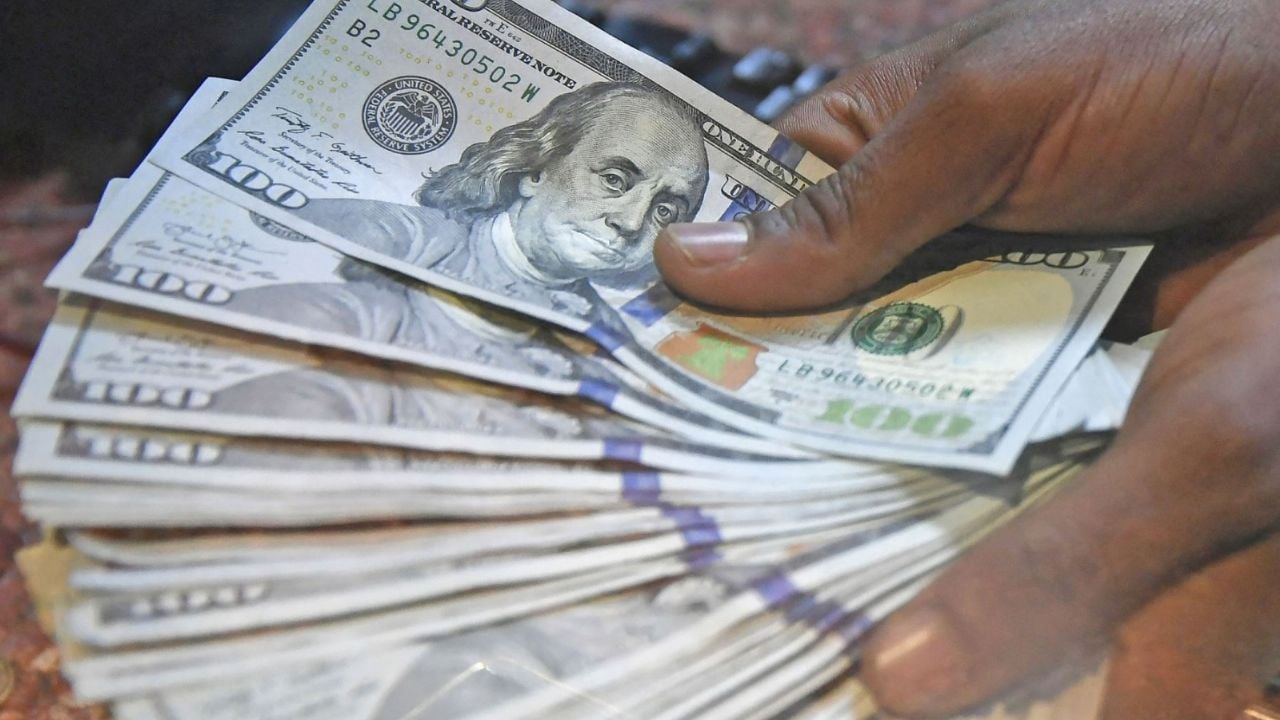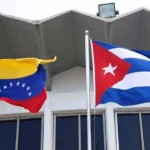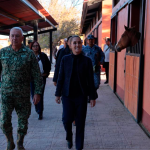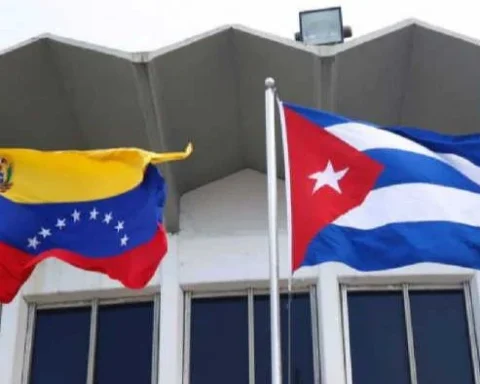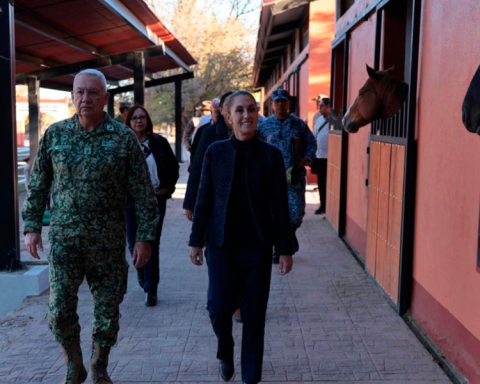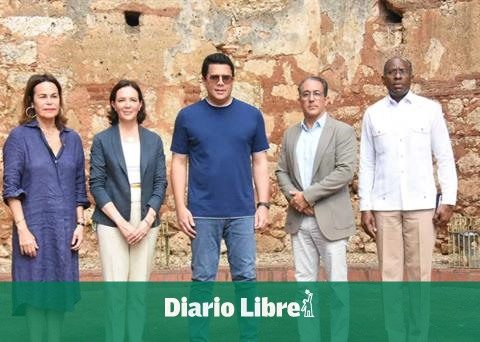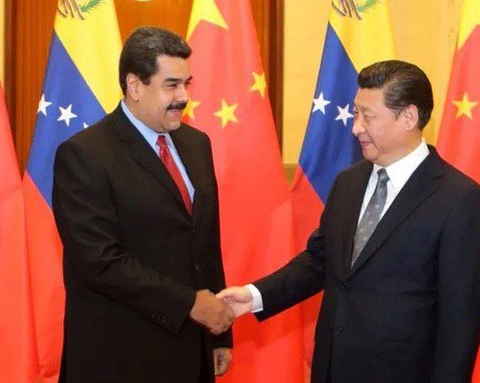In the first two business days of August, the price of dollar showed significant variations both in the official market and in the parallel market, known as the blue dollar. These movements reflect the country’s continued economic volatility and the influence of various internal and external factors.
He dollar The official exchange rate, which is the exchange rate controlled by the Central Bank of the Argentine Republic (BCRA), closed the day with a price of $911 for purchase and $951 for sale. This exchange rate is used mainly for regulated commercial and financial operations, and its value is determined by the monetary policies of the BCRA.
Compared to the previous day, the dollar The official exchange rate showed a slight appreciation, reflecting the government’s efforts to maintain exchange rate stability in a context of high inflation and pressure on international reserves.
On the other hand, the dollar blue, which operates in the informal market and is a key reference for many daily transactions, closed the day with a price of $1,365 for purchase and $1,395 for sale.This price represents an increase of 1.08% compared to the previous day, indicating a growing demand for dollars in the parallel market.

The gap between the official dollar and the dollar The blue line remains wide, standing at around 46.6%, reflecting investors’ and savers’ distrust in the government’s ability to control the economy and inflation.
Several factors contribute to the fluctuation of the dollar exchange rate in Argentina. Among them, political and economic uncertainty plays a crucial role. The upcoming presidential elections are generating expectations and speculation in the market, which is increasing the demand for dollars as a safe haven.

Inflation
In addition, high inflation, which is expected to close the year at around 100%, and the lack of confidence in the local currency, the Argentine peso, are driving citizens to look for safer alternatives to protect their savings.
Another important factor is the BCRA’s monetary policy. The entity has implemented various measures to try to control inflation and stabilize the exchange rate, such as intervention in the foreign exchange market and raising interest rates.
